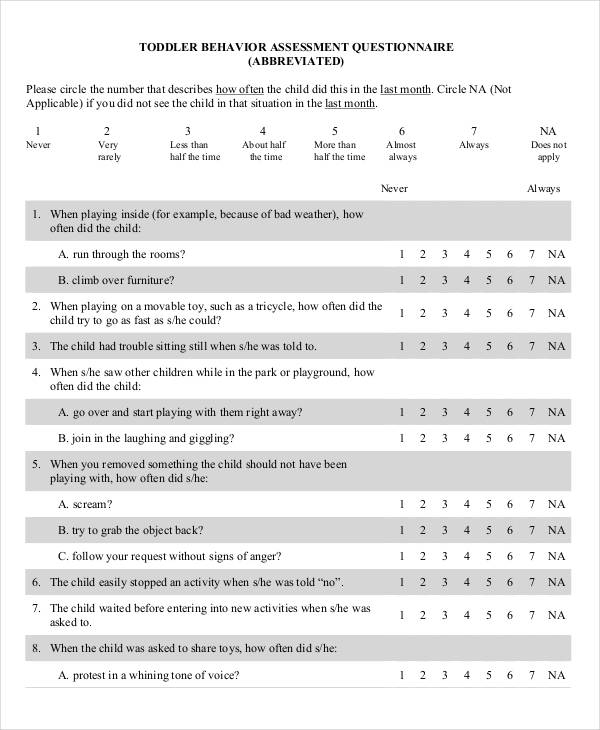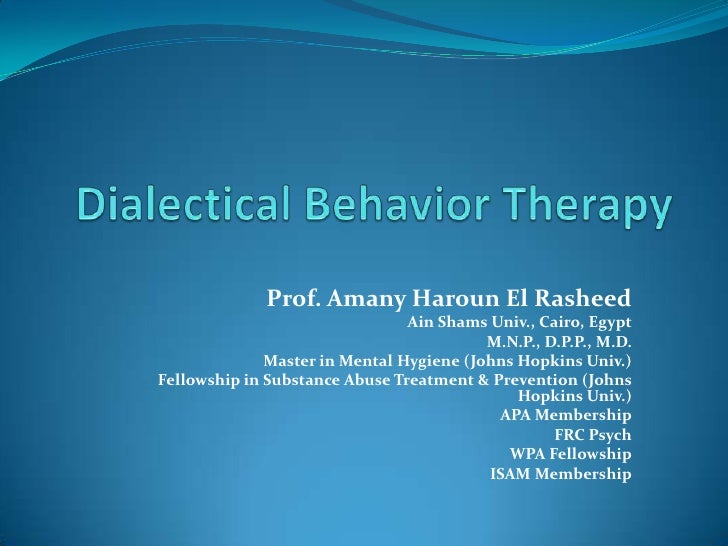45 Dearmandialectical Behavioral Training
- Dialectical Behavioral Therapy
- 45 Dearmandialectical Behavioral Training Certification
- 45 Dearman Dialectical Behavioral Training Cards
- 45 Dearman Dialectical Behavioral Training Certification
USD 45.00 Trauma Responses & the Practice of Resiliency. Join facilitators Christina Carney and Liz Castaneda as they look at trauma through the lens of our current times, seeking to understand how it impacts us physically and emotionally and how we can take care of ourselves when in a trauma response. May 28, 2015 Reinforcing Desired And Weakening Undesired Behavior. What is the instructor’s role in this process then? Instructional Design for eLearning based on a behavioristic approach sets the type of reactions to be received by learners after interacting with the online training material.
E Care Behavioral Health Institute conducts Clinical Supervision training series twice a year. Winter series begins in January and Fall series begins in August. We have developed 45 hours continuing education training to provide clinicians with initial hours toward clinical supervisor credential and/or ongoing supervision continuing education hours required by credentialing boards. Training is on going and can participate in as many sessions as you desire.
This training was design for clinicians to get certified as a clinical supervisor OR supervisor can get their hours in the comfort of their home or office. No travel, less expenses, & it is convenient!
Winter Series consists of 12 different topics total of 24 CE hours and Fall Series consists of 11 different topics total of 22 CE hours.
Session 1 – Theories, Roles & Functions of Clinical Supervision
Session 2 – Narrative Therapy Techniques in Clinical Supervision
Session 3 – Supervisory Leadership Style: Building Trust
Session 4 – Program Development and Quality Assurance in Clinical Supervision
Session 5 – Ethical and Professional Responsibilities in Clinical Supervision
Session 6 – Documentation and Organization Management in Supervision
Session 7 – Cultural and Diversity Issues in Clinical Supervision
Session 8 – Evaluation of Supervisee Competence and Supervision Process
Session 9 – Confidentiality Issues in Clinical Supervision
Session 10 – Skill Building and Empowering Supervisee
Session 11 – Tele Mental Health Counseling and Supervision
Session 12 – Supervising Counselor Development in Core Practice Dimensions
Session 1 – Central Principles and Functions of Clinical Supervision
Session 2 – Transference and Countertransference in Clinical Supervision
Session 3 – Models of Clinical Supervision
Session 4 – Balancing Clinical & Administrative Functions of Clinical Supervisors
Session 5 – Ethical and Professional Boundaries in Clinical Supervision
Session 6 – Implementation Science with Evidence-Based Practices in Clinical Supervision

Session 7 – Methods and Techniques of Clinical Supervision
Session 8 -Tele Clinical Supervision
Session 9 – Practical Issues of Clinical Supervision
Session 10 – Cultural Competence in Supervision


Session 11 – Supervision Pitfalls and Remedies
Session 12-Supervisor and Supervisee tips during disaster
Leanne Page, M.Ed, BCBA
bSci21 Contributing Writer
“Dear Behavior BFF, I need some serious help with dinnertime. My two sons argue, yell, goof off, refuse to eat, you name it. We can’t go out to restaurants and turn down any dinner invites from friends. They make dinner a miserable experience for us. Please help!”
Mealtimes can be hard. I’ve actually written about it before, geared specifically towards toddlers. There are lots of positive behavior supports you can use to increase desired behaviors at the dinner table. In the interest of not overwhelming you with a barrage of ideas- let’s focus on just one research-based strategy for teaching and increasing desired behaviors: Behavior Skills Training.
What is Behavior Skills Training, or BST? BST is a research-based strategy to teach new skills. It has been defined as “a procedure consisting of instruction, modeling, behavioral rehearsal, and feedback that is used to teach new behaviors or skills” (Miltenberger, 2004). Learn more about BST in a previous bSci21 article here.
There are four steps: (1) instructions; (2) modeling; (3) rehearsal and (4) feedback.
Step 1: Instructions
Tell your sons what the expected behaviors are at dinner time. This is not a lecture, this is just giving instructions. Be clear and concise. Define the desired behaviors in simple, clear terms. Use observable behaviors, not broad adjectives. Prioritize the top ones (maybe 3) or this list could go on and on.
Here’s an example: “At the table, the expected behaviors are: use a medium level voice volume at most, eat the food given to you, and follow directions from parents with no more than 2 reminders.”
Step 2: Modeling
Act out the expected behaviors you just gave during the instructions portion of BST. This means to physically do each one. You can give multiple examples of how to do the desired behaviors. This is not a lecture or a time to talk more about the expected behaviors. It’s a time for your children to watch you engage in the appropriate behaviors. For your specific situation, it would be helpful to not do this during dinnertime. Act it out at a separate time when you will be the only person with a plate of food as part of your act. You don’t want your children to be doing anything else but watching you.
For example: “Do you hear my voice level? This is a medium and I won’t get any louder.” Take bites of food. Make polite conversation with whoever is around. Let your kids give you instructions and follow them with no more than 2 reminders.
Step 3: Rehearsal
It’s time to practice with your sons. Again, I wouldn’t do this at dinnertime, but practice in sessions at other times of the day. It doesn’t have to be a big undertaking, just a few minutes here and there. Take turns being the parent or the child if that increases participation. The key here is that you practice and rehearse until they get it right. Don’t role-play one time and expect dinner to be miraculously smooth that evening. Practice, practice, practice.
Step 4: Feedback
Giving specific feedback once the skills are being practiced in the real world (aka at dinnertime and not during practice sessions) helps to teach and maintain new schools. This doesn’t just mean corrective feedback. Instead of spending your time nagging about the desired behaviors, focus on giving praise and attention for all the appropriate behaviors your children do engage in. When needed, give corrective feedback with instructions. Don’t make it a criticism or a punishment. Just tell them the desired behavior you are looking for and how to get there.
Here are a few examples:
“That was such a funny story! Thank you for using a nice voice volume. You are hilarious!”
“Wow, you ate all your dinner! Should we have some extra free time before bed to celebrate?”
Dialectical Behavioral Therapy
“Your voice is starting to get too loud. I’d love to talk with you about your day or tell jokes as long as you keep your volume at a medium level.”
The rehearsal/ role-play step can feel pretty silly for adults, especially the first time. But practicing until you get it right can teach new skills efficiently. And if you take turns acting out different parts of the scenario, it often turns into an enjoyable activity with plenty of giggles!
Don’t just take my word for it. Learn more about BST with the resources below – it’s a powerful tool that is easy to implement and can be applied to all kinds of situations and new behaviors to be taught!
Gianoumis, S., Seiverling, L., & Sturmey, P. (2012). The effects of behavior skills training on correct teacher implementation of natural language paradigm teaching skills and child behavior. Behavioral Interventions, 27(2), 57-74.
45 Dearmandialectical Behavioral Training Certification
Miles, N. I., & Wilder, D. A. (2009). The effects of behavioral skills training on caregiver implementation of guided compliance. Journal of Applied Behavior Analysis, 42(2), 405-410.
45 Dearman Dialectical Behavioral Training Cards
Miltenberger, R. (2004). Behaviour Modification: principles and procedure (3rd ed.) Belmont, CA. Wadsworth Publishing.
Miltenberger, R. G., Flessner, C., Gatheridge, B., Johnson, B., Satterlund, M., & Egemo, K. (2004). Evaluation of behavioral skills training to prevent gun play in children. Journal of Applied Behavior Analysis, 37(4), 513-516.
45 Dearman Dialectical Behavioral Training Certification
Reid, D. H. (2012). Supervisor’s Guidebook: Evidence-based Strategies for Promoting Work Quality and Enjoyment Among Human Service Staff. Habilitative Managment Consultants.

Ward‐Horner, J., & Sturmey, P. (2012). Component analysis of behavior skills training in functional analysis. Behavioral Interventions, 27(2), 75-92.
Leanne Page, M.Ed, BCBA has worked with kids with disabilities and their parents in a variety of settings for over 10 years. She has taught special education classes from kindergarden-grade 12, from self-contained to inclusion. Leanne has also managed a center providing ABA services to children in 1:1 and small group settings. She has extensive experience in school and teacher training, therapist training, parent training, and providing direct services to children and families in a center-based or in-home therapy setting. Since becoming a mom, Leanne has a new mission to share behavior analytic practices with a population she knows needs it- all moms of littles! Leanne does through her site parentingwithaba.org and through her book ‘Parenting with Science: Behavior Analysis Saves Mom’s Sanity”. You can contact her at lpagebcba@gmail.com.
